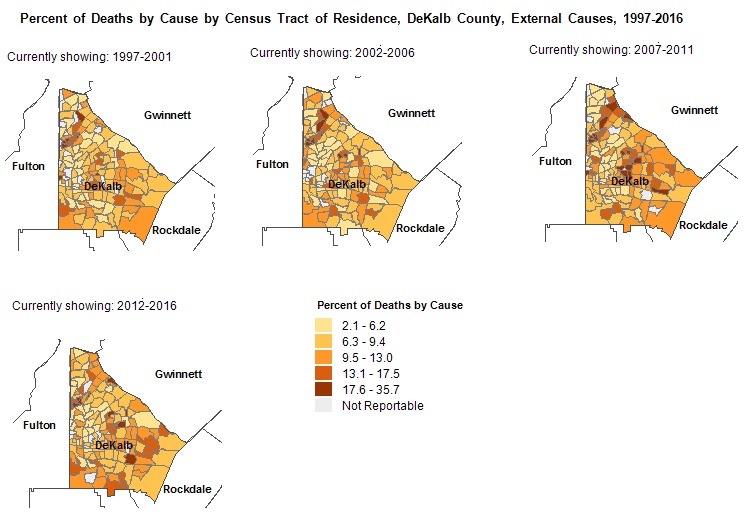

 |
Zoom In: Select this button and then click on the map to enlarge the map. You can also click down and drag your mouse to define an area to zoom to. |
 |
Zoom Out: Select this button and the click on the map to reduce
the map. The area where you click will be the center of the map. Note: Select the mouse scroll wheel to zoom in or out. |
 |
Full Extent: Select this button to see the entire map. |
 |
Pan: Select this button to move the map around in any given extent. |
 |
Previous Extent: Click on this button to go back to the previous extent. |
 |
Next Extent: Click on this button to go to the next extent (before previous extent) |
 |
Print Map: Click on this button to get a printable copy of the map in PNG format as it appears at the moment. Disable any pop-up blockers. Right click on the preview and you can choose to save, copy or print the preview. The preview can also be dragged and dropped to a folder or desktop. |
V1.10 (8/13/2024)